20 Vegetables You Should Avoid Eating Raw
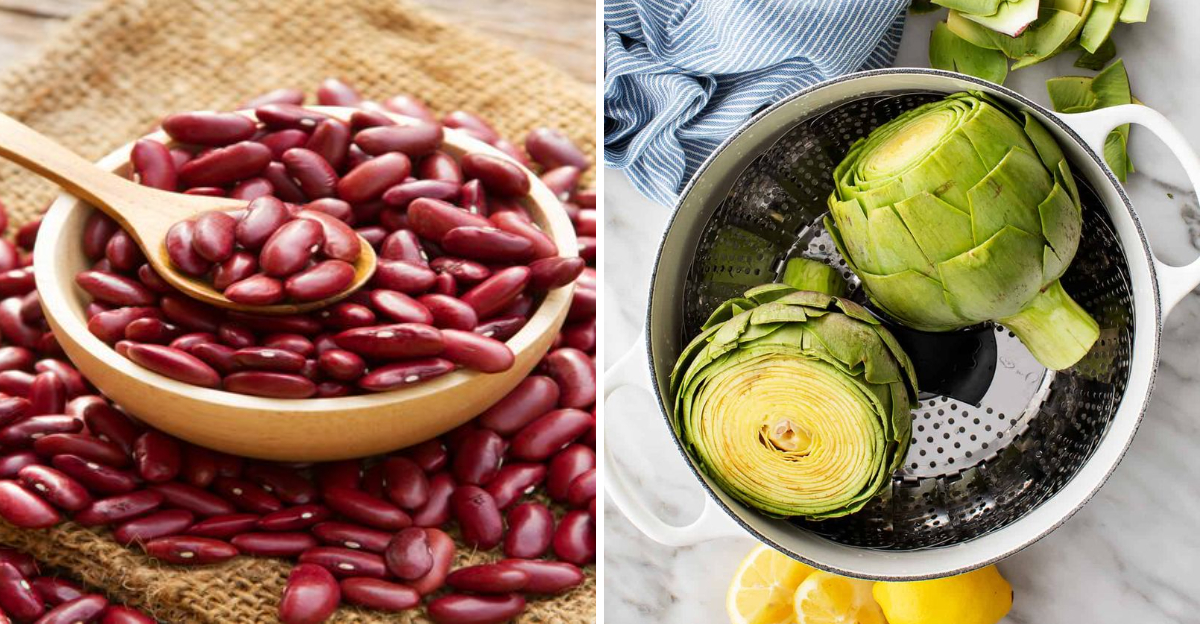
While some vegetables offer health benefits when eaten raw, others can pose risks ranging from mild digestive discomfort to serious health issues. This guide explores 20 vegetables that are best enjoyed cooked to enhance flavor, texture, and safety.
1. Potatoes
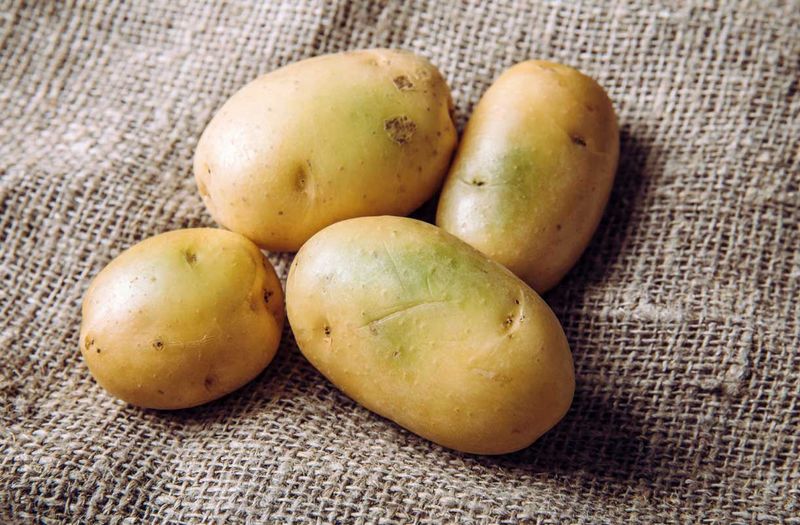
Ever bitten into a raw potato? It’s not the taste that’s off, but the risk. Containing solanine, a natural toxin, raw potatoes can lead to nausea and headaches. Not only does cooking break this compound down, making them safe, but it also transforms their texture from hard and starchy to soft and creamy. Potatoes, whether mashed or fried, are a beloved staple. Yet, in their raw form, they remain a culinary foe. Remember, a raw potato is not just unappetizing – it’s potentially harmful. So let the kitchen be your playground and cook them well.
2. Kidney Beans
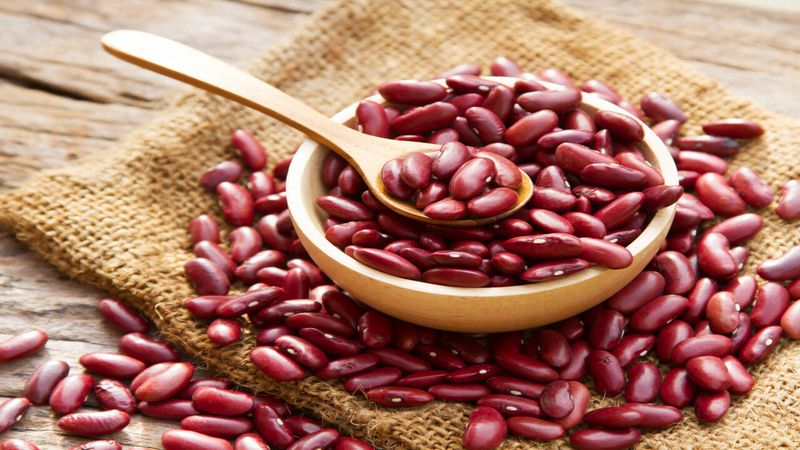
Kidney beans are a vibrant addition to any dish, but when raw, they harbor a hidden danger. These beans contain phytohaemagglutinin, a toxic compound that can wreak havoc on your digestive system. Symptoms like severe stomach upset can occur if you don’t boil them properly. A good long boil neutralizes the toxins and turns them into a delicious, nutritious treat. Whether in a chili or a salad, kidney beans require careful preparation. They remind us that some foods need a little love and heat before they’re ready to grace our plates.
3. Eggplant
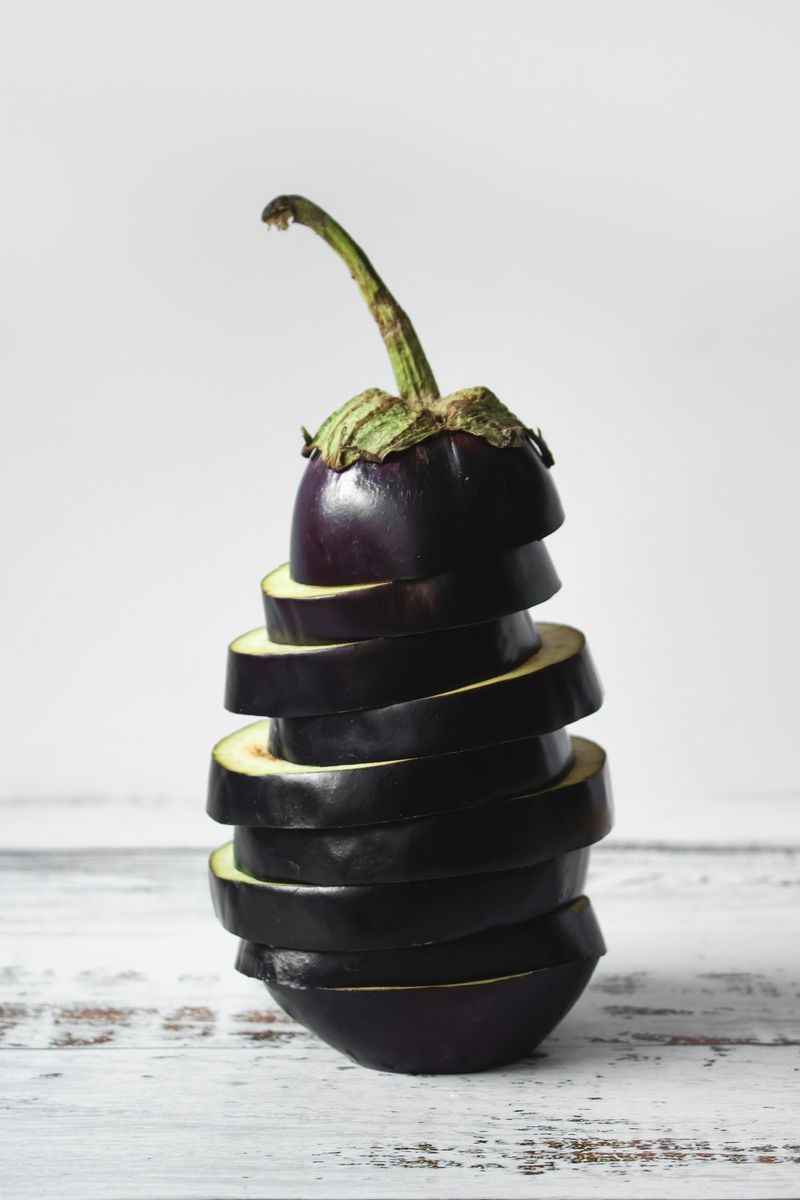
Eggplants, with their glossy purple skin, are a delight in many dishes. But raw, they share a trait with potatoes: solanine. In large amounts, this can be harmful. Beyond just the potential hazard, the texture is spongy and not particularly pleasant to eat. Cooking transforms it into a silky, flavorful ingredient that absorbs sauces beautifully. From eggplant parmesan to baba ganoush, cooking brings out its best qualities. The lesson here? Patience pays off. With a bit of heat, this nightshade shines and becomes a culinary asset.
4. Brussels Sprouts
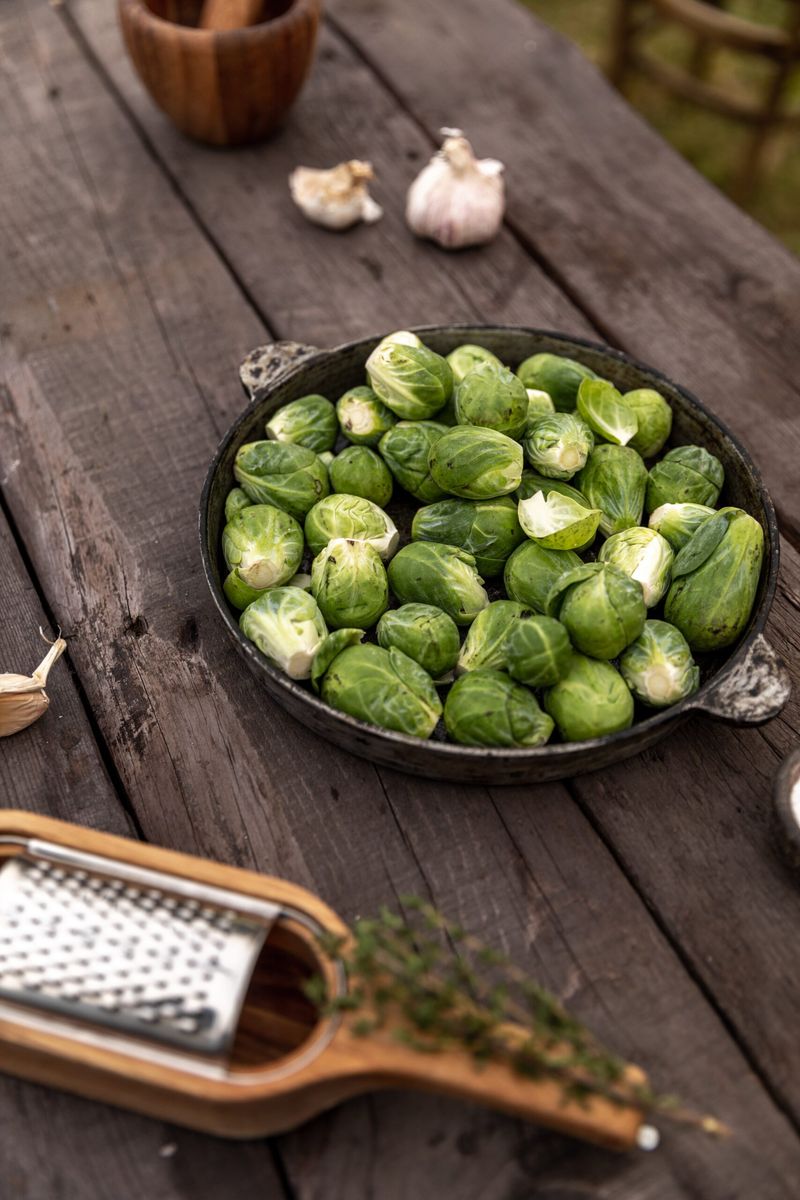
Brussels sprouts may split opinions, but when raw, they’re notorious for causing gas and bloating. This is due to their sulfur-containing compounds. Cooking them, whether through roasting or steaming, not only mellows these effects but also enhances their natural sweetness. Once considered merely a holiday side dish, cooked Brussels sprouts have earned their spot in everyday meals. Their journey from raw to perfectly roasted mirrors their transformation from dietary villain to a beloved veggie hero. Give them a chance – and some time in the oven.
5. Rhubarb
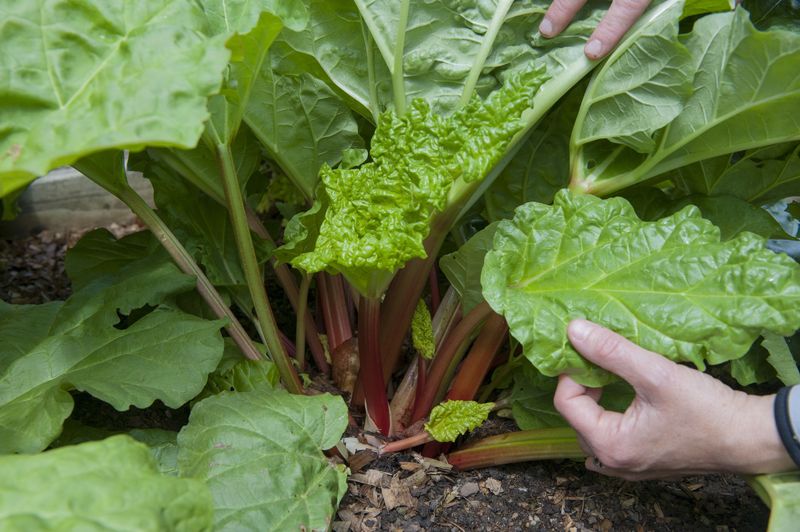
Rhubarb’s vibrant pink stalks are a springtime favourite, yet their raw form can be quite deceiving. The leaves are toxic, whether raw or cooked, and even the stalks can irritate your mouth and stomach when eaten raw. However, cook them down with sugar, and they transform into something magical – perfect for pies and jams. Rhubarb’s tartness becomes a sweet delight when softened by heat. It’s a testament to the alchemy of cooking, where even the sour and tough can become tender and tasty.
6. Mushrooms (Wild Types)
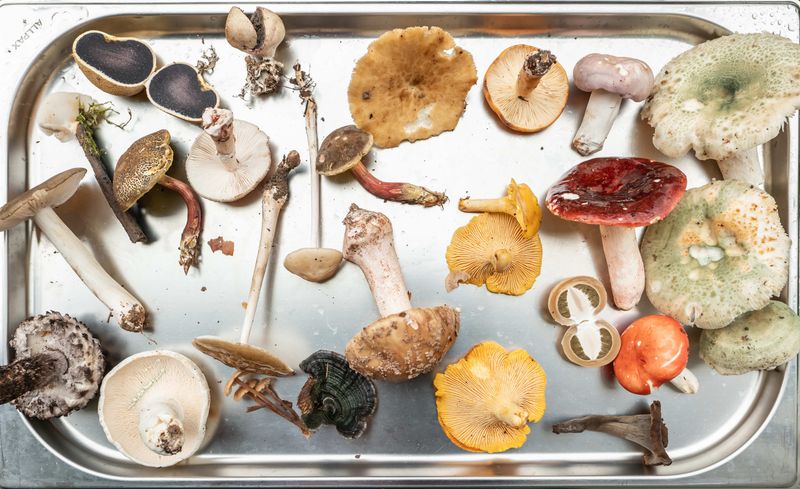
Wild mushrooms carry an air of mystery and potential danger. While some, like the common white mushroom, can be eaten raw, many wild varieties are toxic unless properly cooked. Even those deemed safe are often tough to digest in their raw state. A quick sauté can make all the difference. It releases flavors and makes the mushrooms easier on the stomach. From earthy to umami-rich, cooked mushrooms elevate any dish. They remind us that with great flavor comes great responsibility. Handle with care and cook wisely.
7. Asparagus
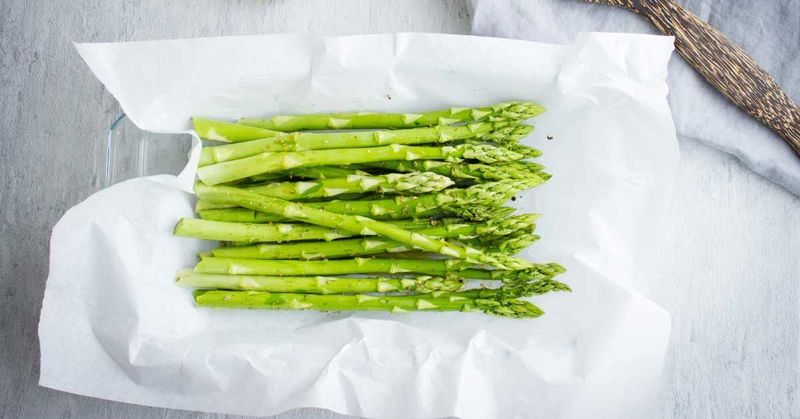
Asparagus, with its elegant spears, might seem harmless raw. Yet cooking it can unlock deeper flavors and make it much easier to digest. The tough fibers soften with heat, and more antioxidants become available. Whether grilled or steamed, asparagus is a versatile vegetable that shines brightest when cooked. It’s a springtime treasure that needs just a touch of culinary magic to become a star on your plate. So, while raw is an option, a little cooking can make asparagus a true delight, both in taste and texture.
8. Artichokes
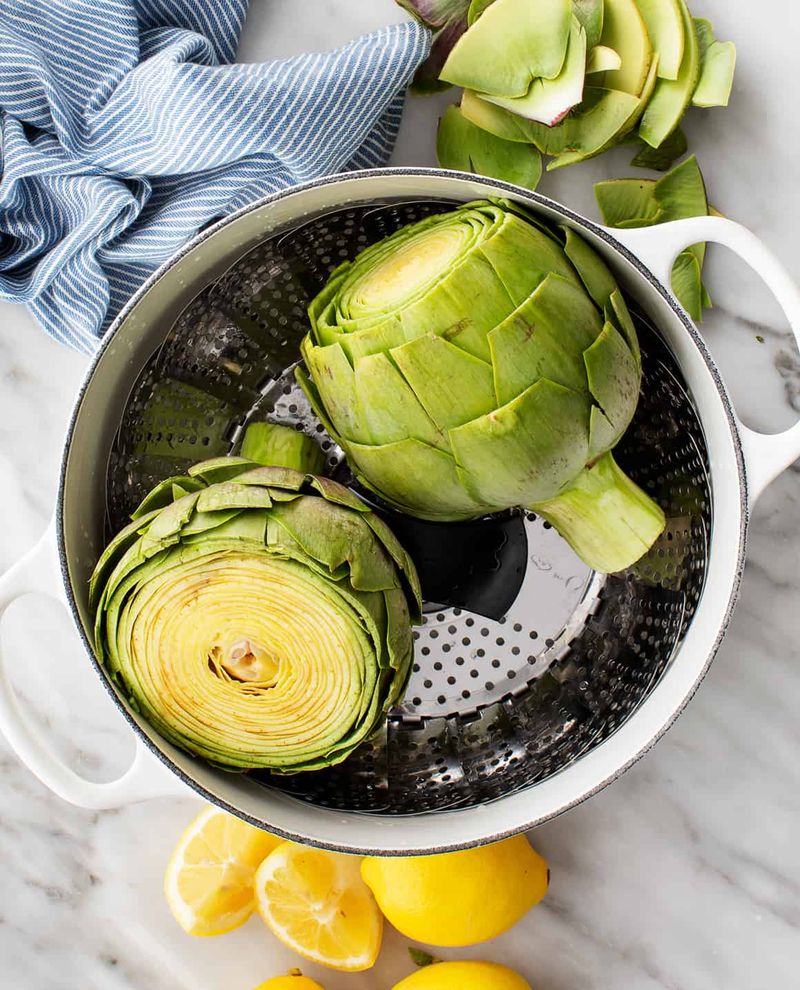
Artichokes are like a culinary puzzle. Their raw form is tough and fibrous, making them quite difficult to eat. Cooking artichokes turns them into a delightful delicacy with a delicate flavor. Whether steamed or roasted, the transformation is remarkable. The heart, often considered the prize, becomes tender and flavorful. Artichokes teach us patience and reward us with a unique taste experience. Embrace the process; from spiky and hard to soft and savory, cooked artichokes are worth the effort, adding a gourmet touch to any meal.
9. Pumpkin
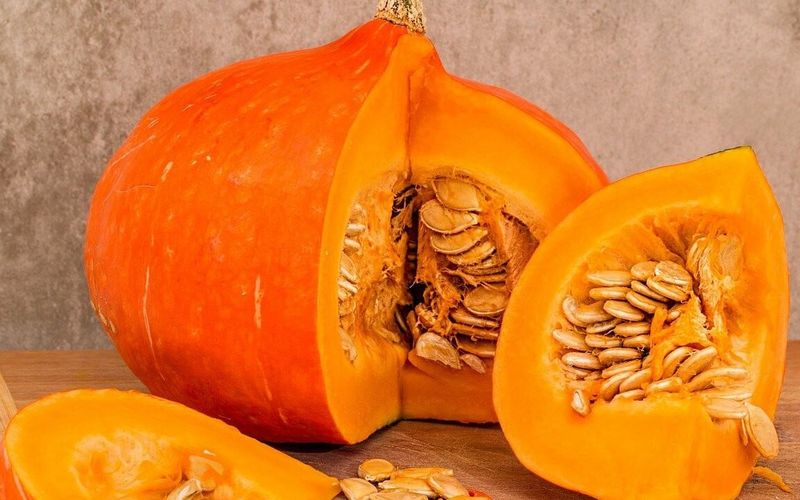
Pumpkin, a symbol of autumn, is not just for carving. In its raw state, it’s hard, fibrous, and rather bitter. Cooking transforms pumpkin, showcasing its sweet, nutty flavor. Whether roasted, puréed for soups, or baked in pies, it becomes a celebration of the season. The journey from raw to cooked is what makes it so versatile and beloved in kitchens worldwide. Pumpkins are a reminder that sometimes, the best things in life take a little time and heat to reveal their true potential.
10. Leeks
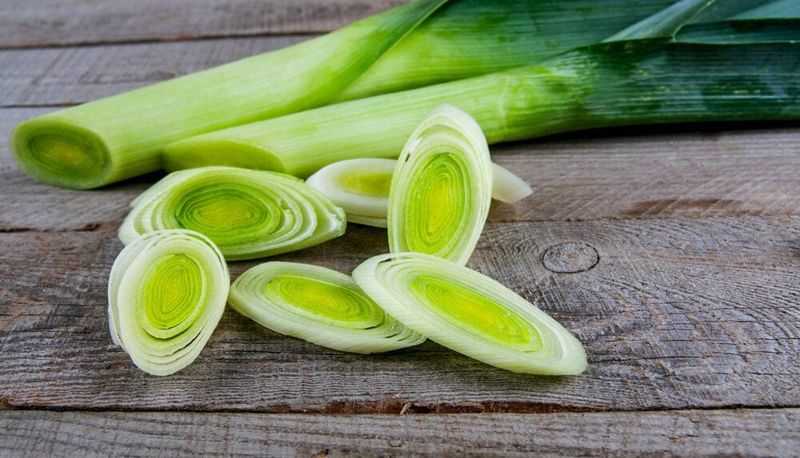
Leeks, with their mild onion flavor, are a staple in soups and stews. But when raw, they can be harsh on the stomach and cause bloating. Light sautéing not only mellows their strong taste but also makes them more digestible. Leeks are a classic ingredient in many culinary traditions, prized for their subtlety and depth of flavor. Cooking brings out their best qualities, making them a reliable partner in the kitchen. They’re a humble reminder of the transformation that heat can bring, from sharp and raw to soft and savory.
11. Cassava (Yuca)
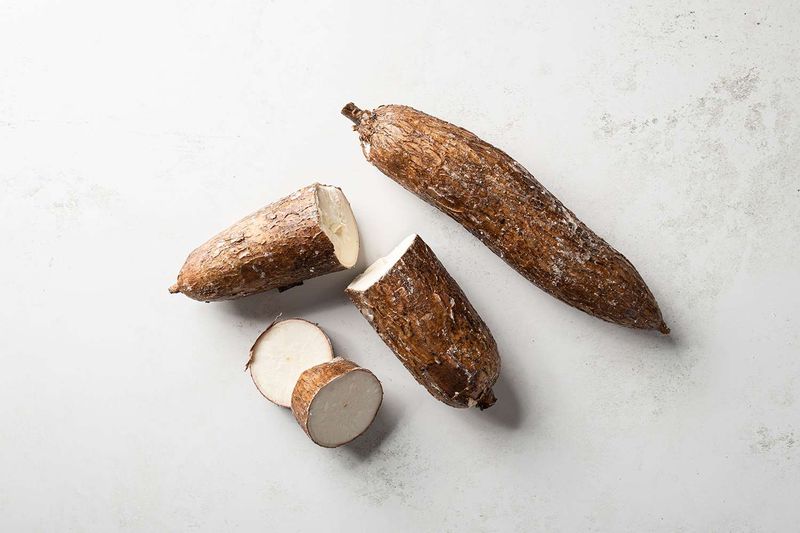
Cassava, or yuca, is a staple in many tropical regions, yet it carries a serious warning when raw. It contains cyanogenic glycosides, which can release cyanide if not properly prepared. Always boil or fry it thoroughly to neutralize these compounds. Once cooked, cassava becomes a delicious and versatile ingredient, from fries to flatbreads. It serves as a vital reminder of the importance of preparation. This humble root is a testament to the wonders of cooking, where potential danger is transformed into delightful nourishment.
12. Turnips
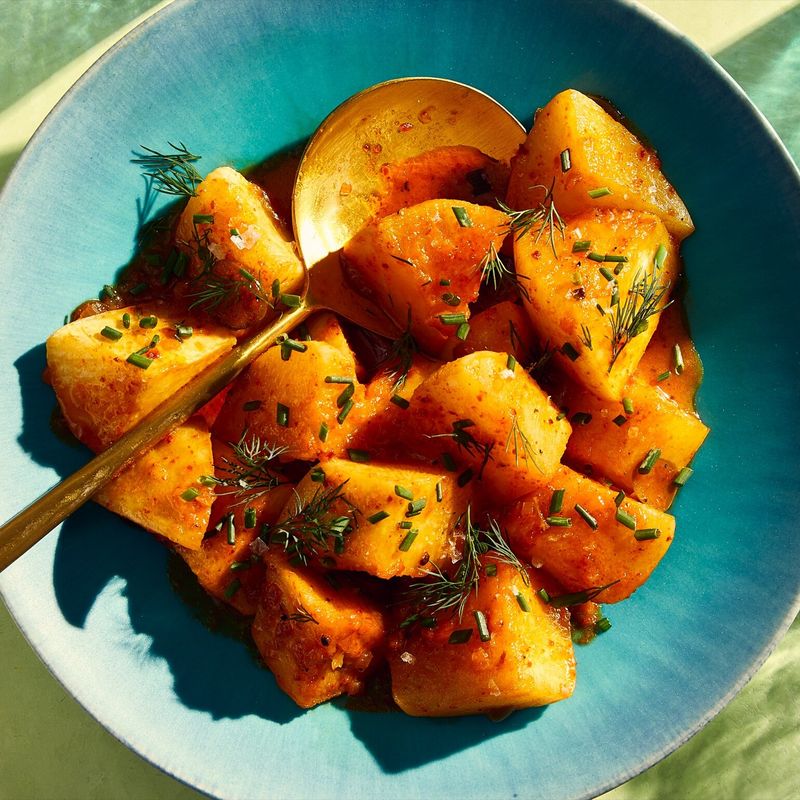
Turnips may not be everyone’s first choice, but when cooked, they reveal a sweet, earthy flavor. Some folks can handle them raw, but they can be bitter and hard to digest. Roasting brings out their natural sweetness, transforming them from humble to heavenly. Turnips are a classic in winter dishes and have been loved for centuries. They remind us that beneath their rough exterior, there’s a delightful surprise waiting to be discovered. In the world of vegetables, turnips prove that patience and cooking can bring out hidden charms.
13. Okra
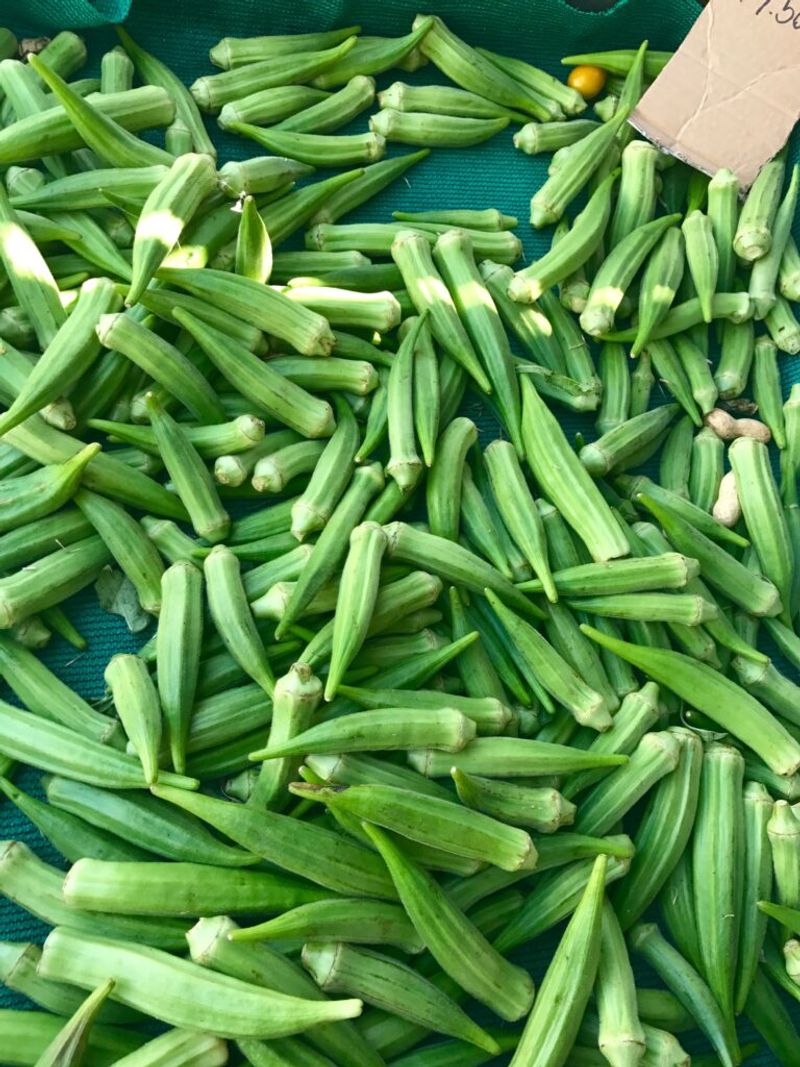
Okra, known for its unique texture, is a staple in Southern and Creole cuisine. Raw okra is quite tough and slimy, often deterring those unacquainted with its charms. Cooking helps break down the mucilage, improving both texture and flavor. Whether fried, pickled, or stewed, okra becomes a delicious addition to any meal. It’s a vegetable that embodies transformation, showing that with a little culinary magic, even the most challenging textures can become enjoyable. Cooking okra unlocks its full potential, making it a true delight on the plate.
14. Sweet Potatoes
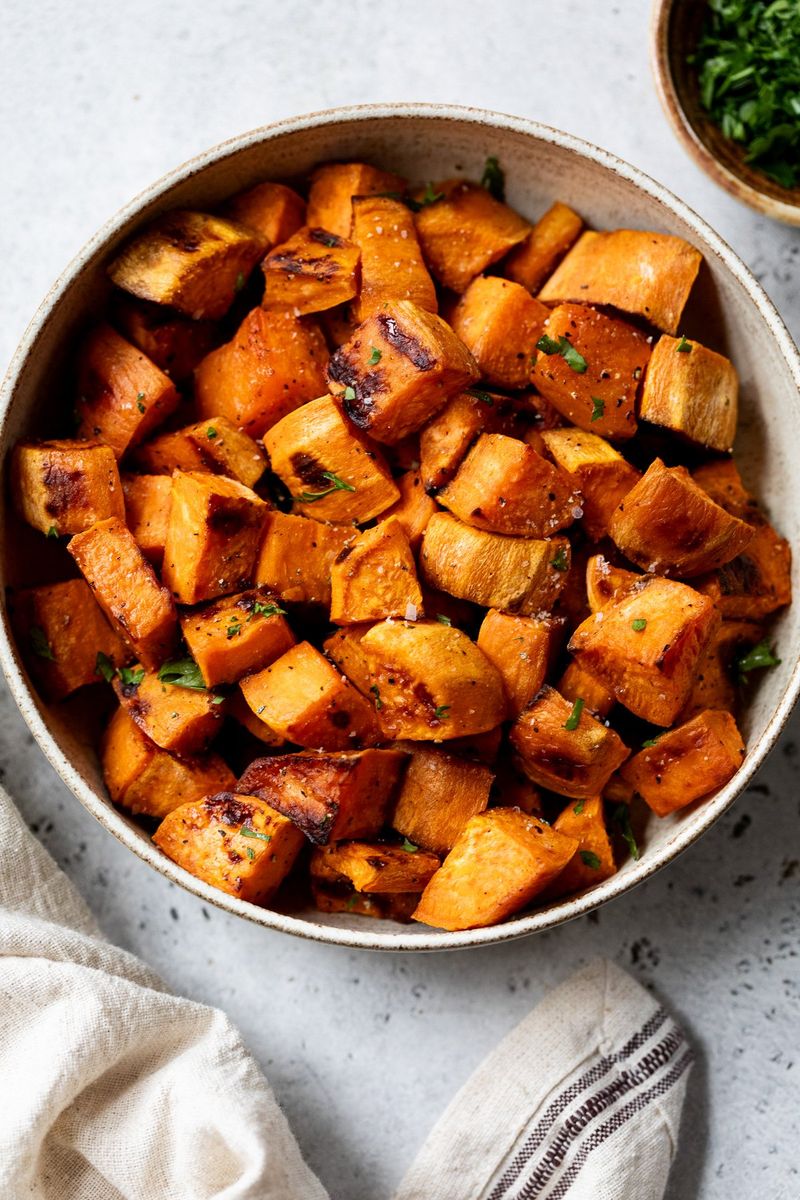
Sweet potatoes are a beloved comfort food, renowned for their natural sweetness. Raw, they’re hard to chew and not particularly pleasant. Cooking, however, brings out their sugary essence, making them a favorite in both savory and sweet dishes. From casseroles to pies, sweet potatoes offer versatility and nutrition. They remind us that sometimes, the best flavors are hidden beneath the surface, waiting to be released by the warmth of an oven. Sweet potatoes are a testament to the transformative power of cooking, turning the ordinary into extraordinary.
15. Green Beans
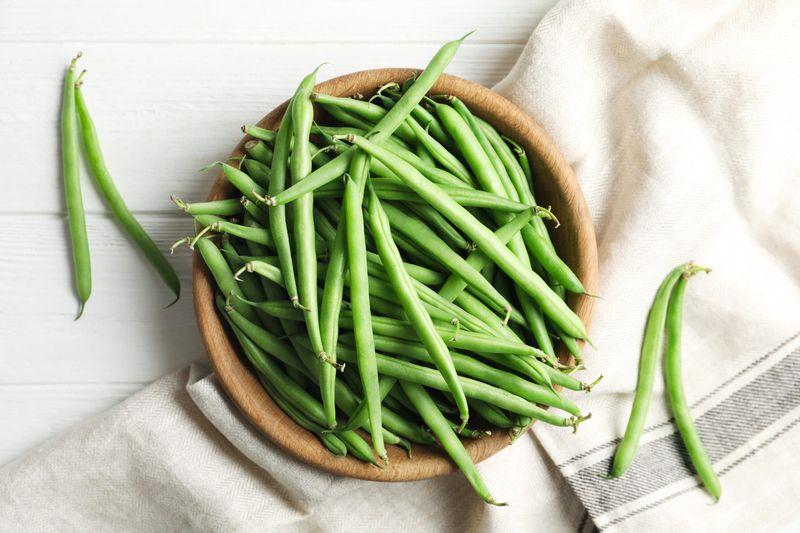
Green beans, with their crisp texture, are a garden favorite. However, raw, they contain lectins, which can lead to digestive discomfort. Steaming or blanching them reduces this risk, making them not only safer but more enjoyable to eat. Cooked green beans retain a pleasant crunch while becoming a vehicle for flavors. Whether in a salad or a casserole, they shine when given a bit of culinary attention. Green beans remind us that a little heat can turn a simple ingredient into a star, adding both nutrition and taste to our meals.
16. Fiddlehead Ferns
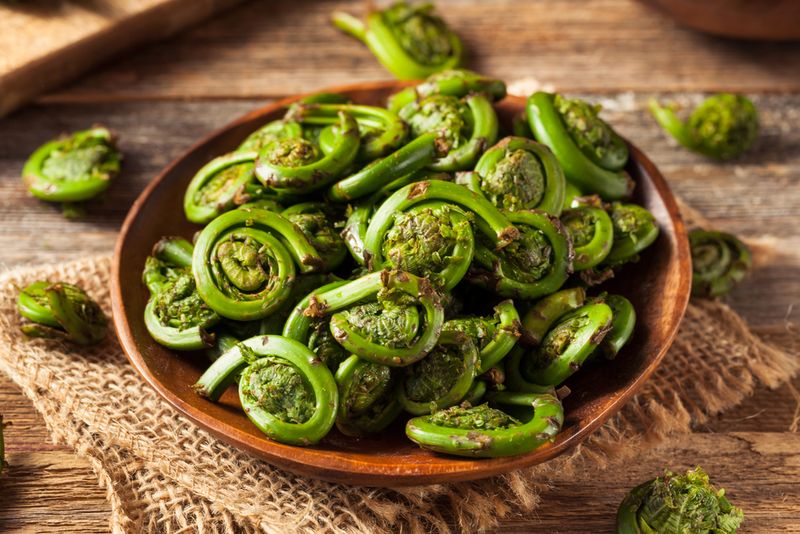
Fiddlehead ferns are a wild spring treat, but they must be cooked thoroughly to remove toxins. Eating them raw can cause food poisoning symptoms, making proper preparation essential. When cooked, they offer a unique, earthy flavor that pairs well with various dishes. Often found in gourmet recipes, fiddleheads are a reminder of nature’s complexity. They teach us that some treasures require skill and care to unveil their full potential. In the culinary world, fiddlehead ferns are a nod to the importance of respecting ingredients and their preparation.
17. Broccoli
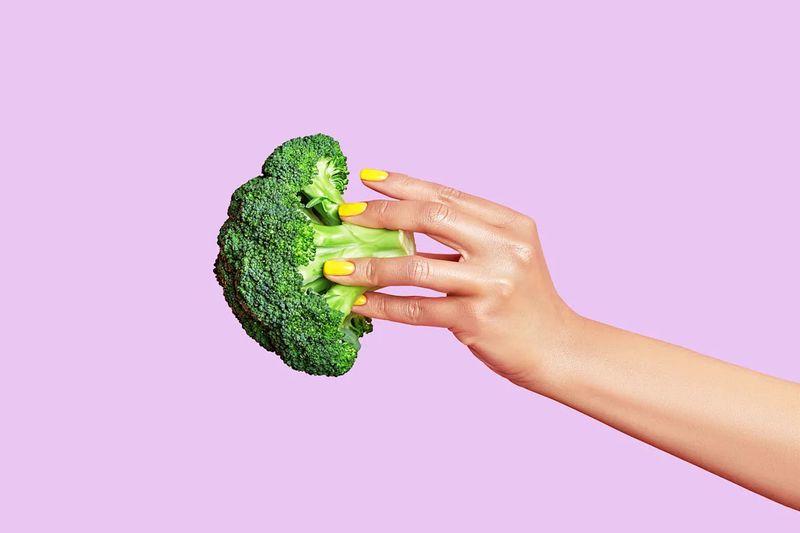
Broccoli is a nutritional powerhouse, but when raw, it can cause gas and bloating for some. Light steaming helps reduce these effects while keeping nutrients intact. Cooked broccoli maintains its vibrant color and becomes a versatile ingredient in many dishes. It’s a vegetable that balances health and taste, reminding us of the benefits of a well-rounded diet. Broccoli’s transformation through cooking shows us that sometimes, a little change can lead to big improvements. It’s a staple in healthy eating, beloved for its versatility and flavor.
18. Cauliflower

Cauliflower is a versatile vegetable, often used as a low-carb substitute for grains. Raw, it can cause gassiness and digestive discomfort for some. Roasting or steaming cauliflower not only enhances its flavor but makes it easier on the stomach. From cauliflower rice to creamy soups, this vegetable proves that cooking can elevate simple ingredients. Its journey from raw to roasted showcases the magic of the kitchen, turning potential drawbacks into delicious opportunities. Cauliflower is a testament to culinary creativity, offering endless possibilities in the kitchen.
19. Cabbage
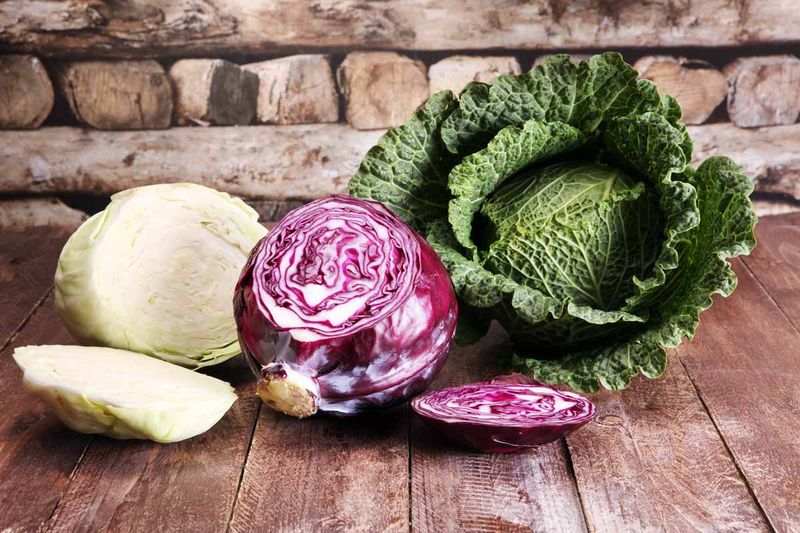
Cabbage, a staple in many cuisines, offers a crunchy texture when raw. However, it can be tough on the gut, especially for those with IBS. Cooking helps soften the fibers, reducing bloating and making it more palatable. From sauerkraut to soups, cabbage benefits from a little heat. It’s a humble vegetable with a big impact, providing nourishment and flavor across cultures. Cabbage reminds us that sometimes, the simplest ingredients have the most to offer, especially when given the chance to shine through cooking.
20. Beets
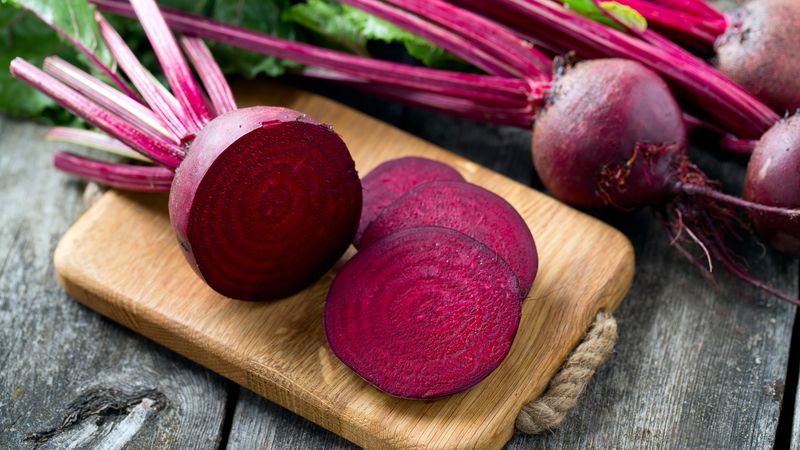
Beets, with their deep, rich color, are packed with nutrients. Raw beets are super crunchy and can be tough to digest. Cooking helps release more antioxidants, making them easier to eat and absorb. From roasted beets to beet salads, they’re a versatile addition to many dishes. Beets are a reminder that beneath their rugged exterior lies a sweet, earthy flavor waiting to be discovered. Cooking transforms them into a vibrant, healthful ingredient, showing us that sometimes, the best things require a little patience and heat.
